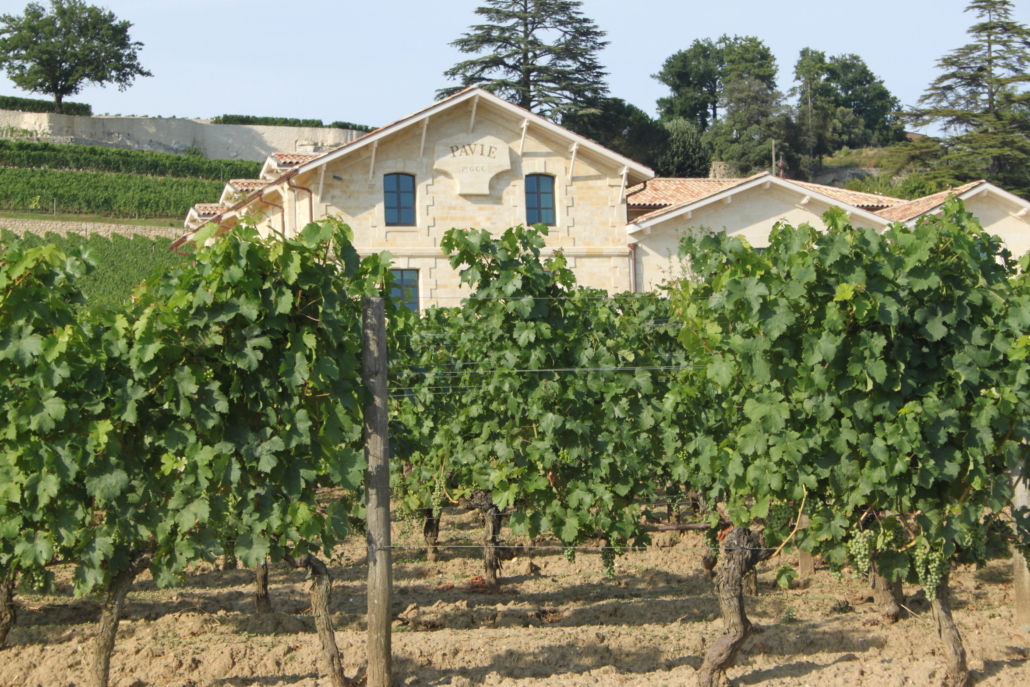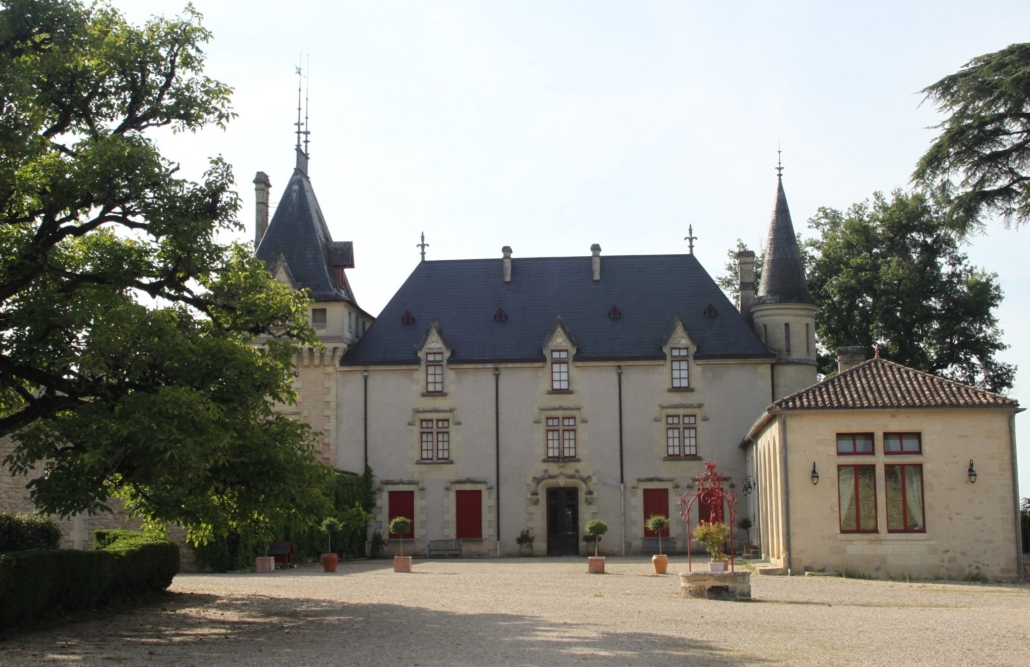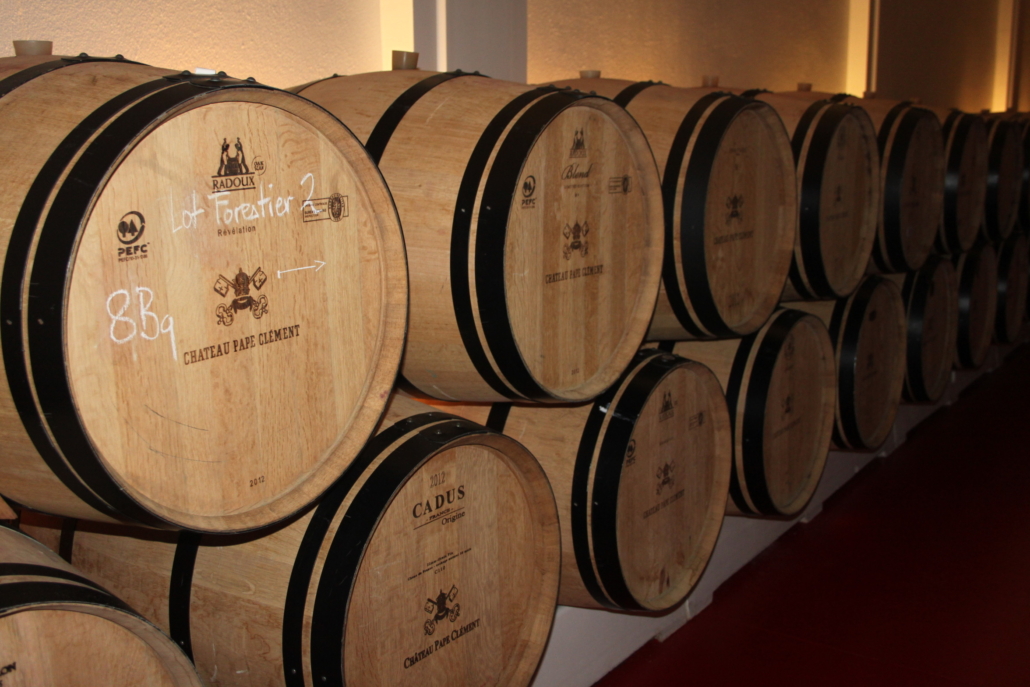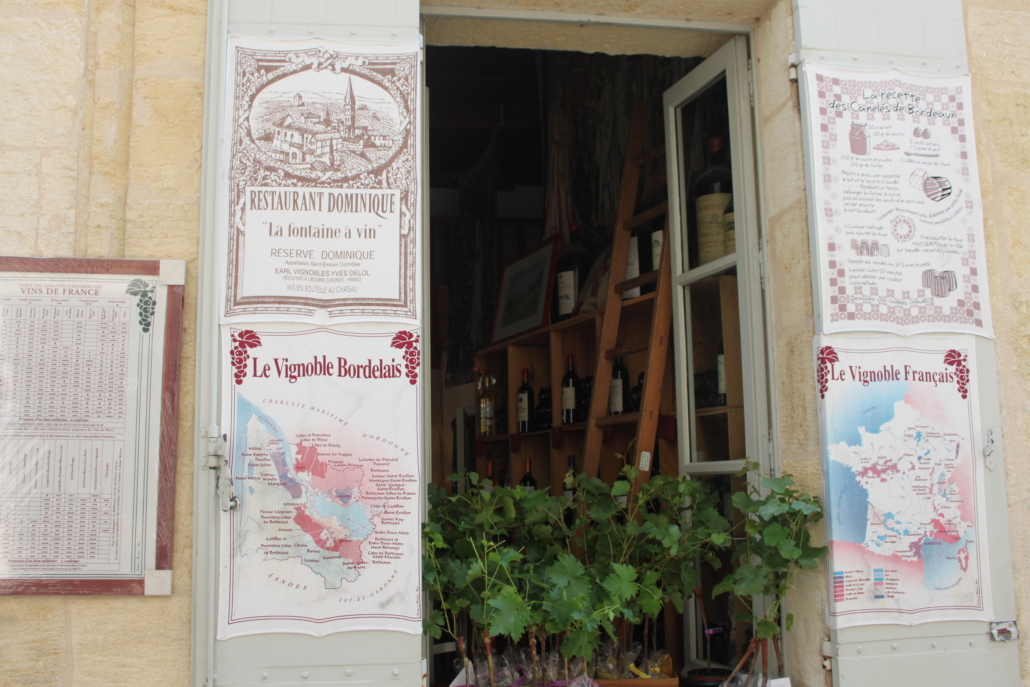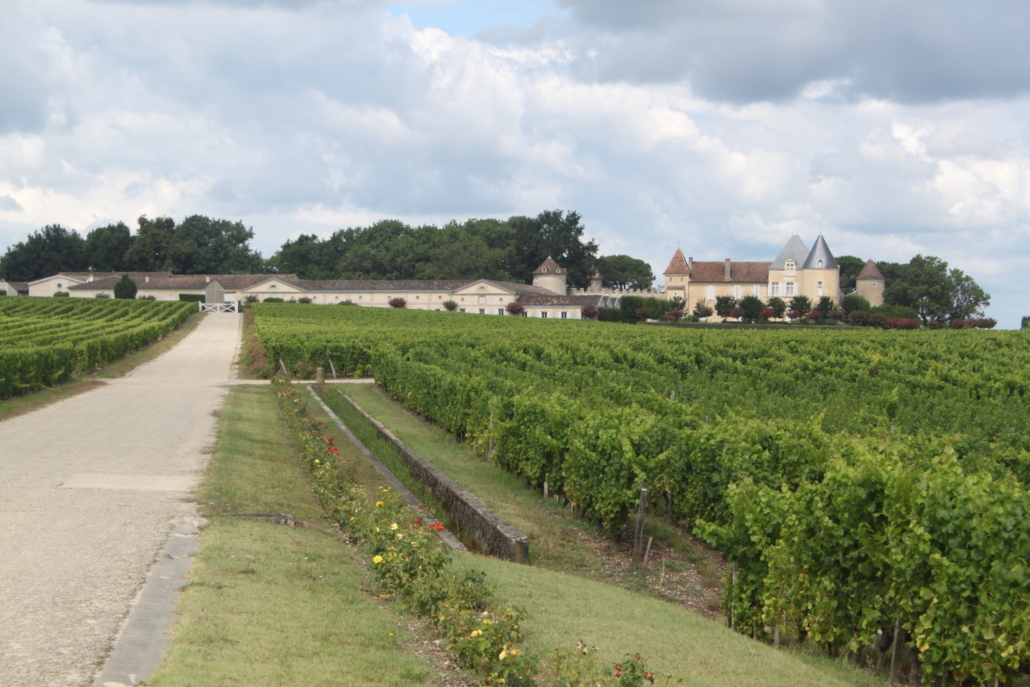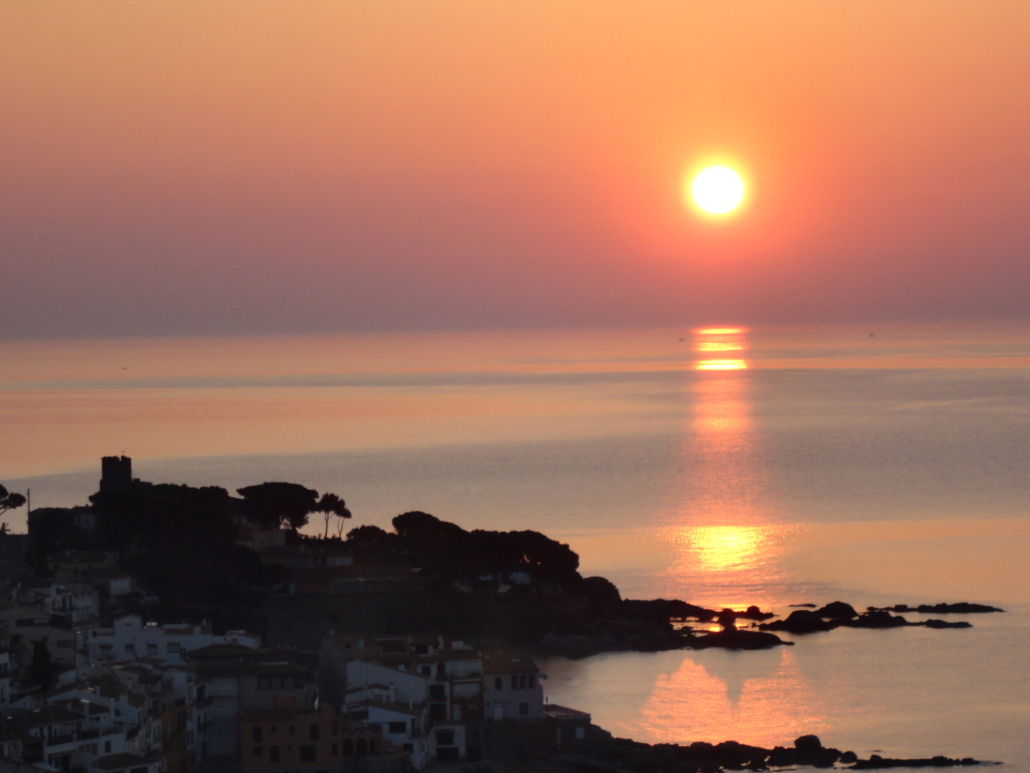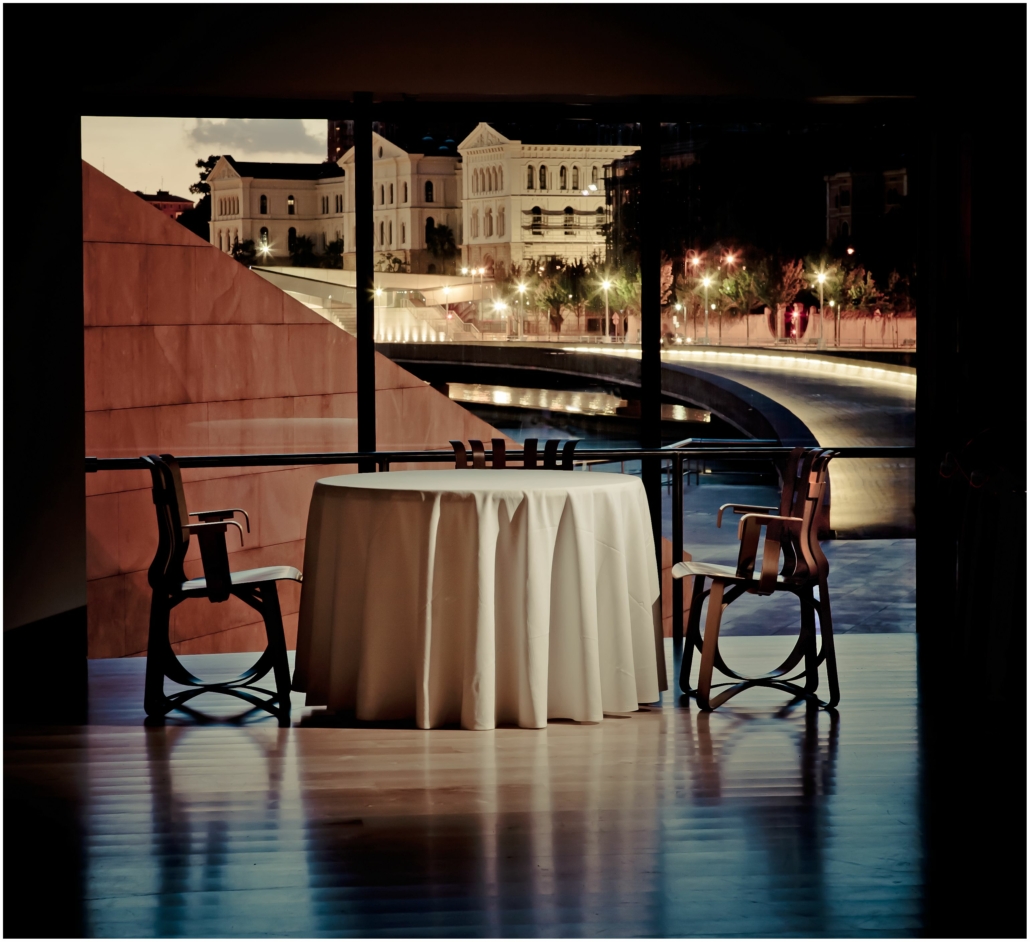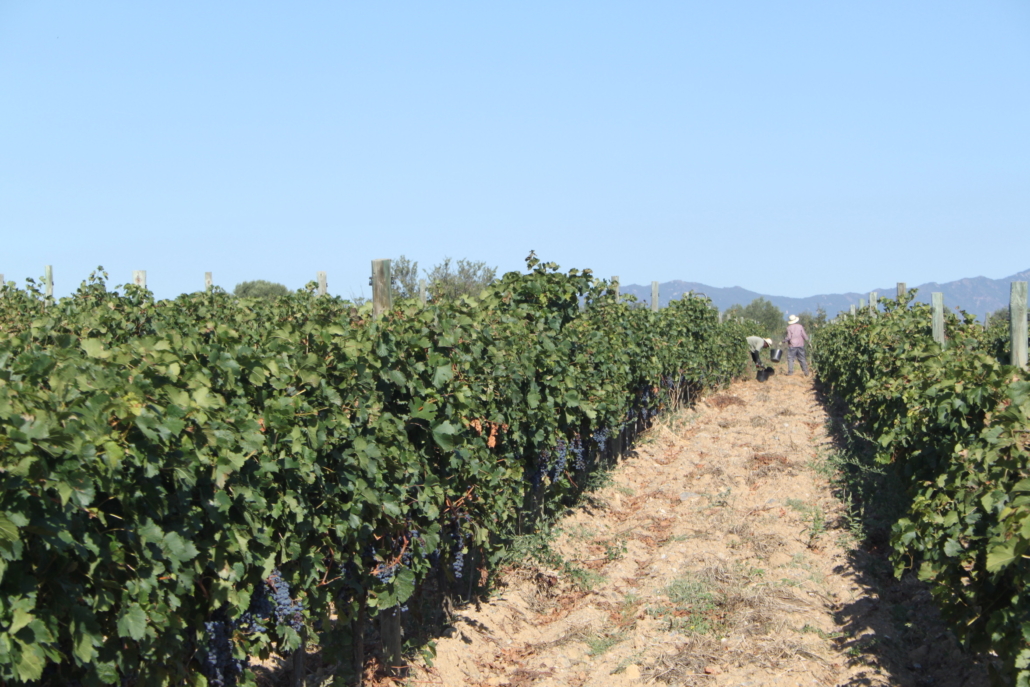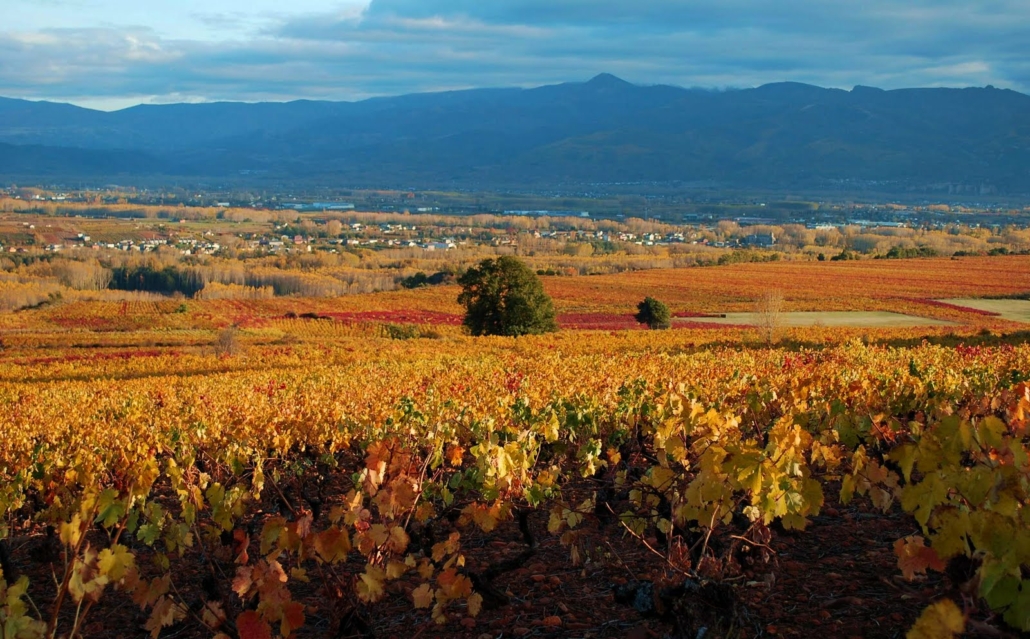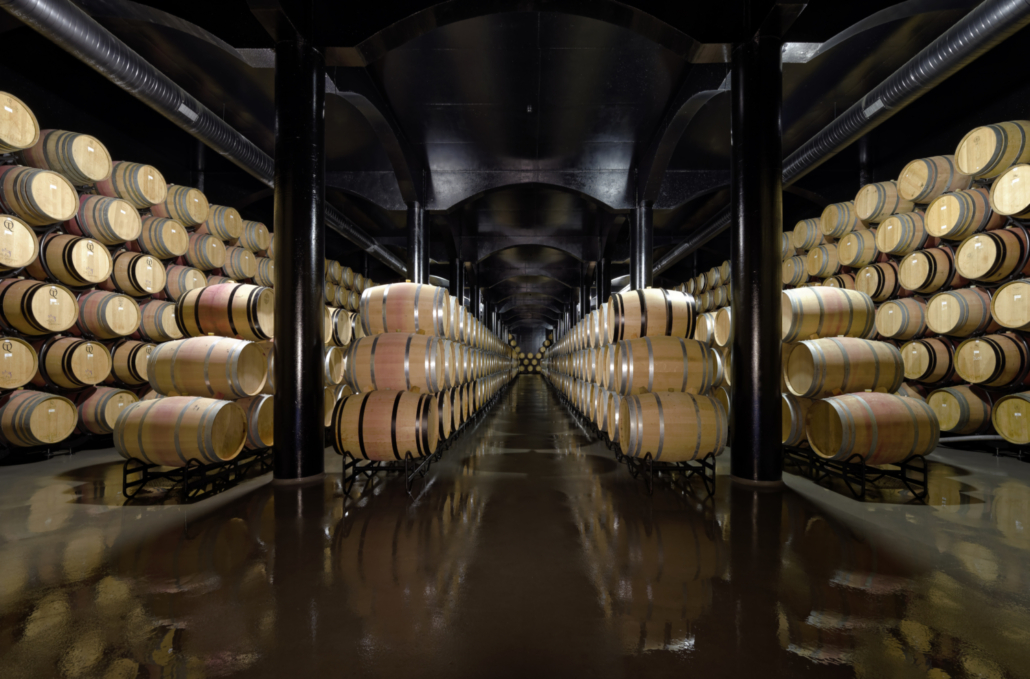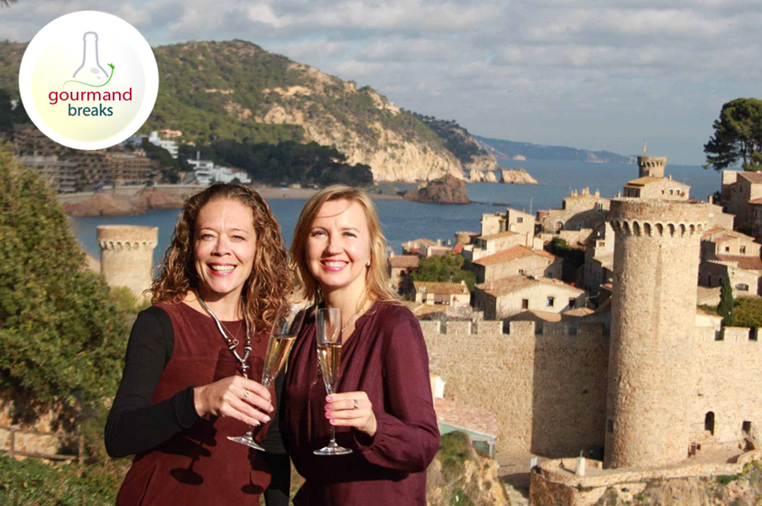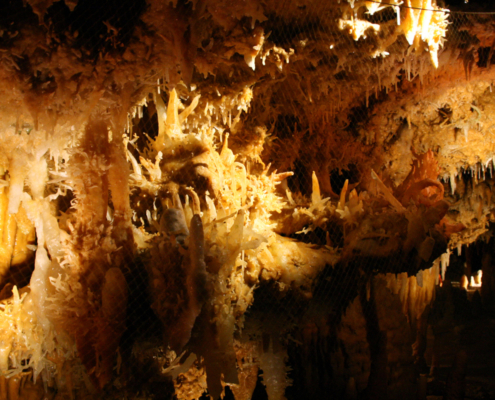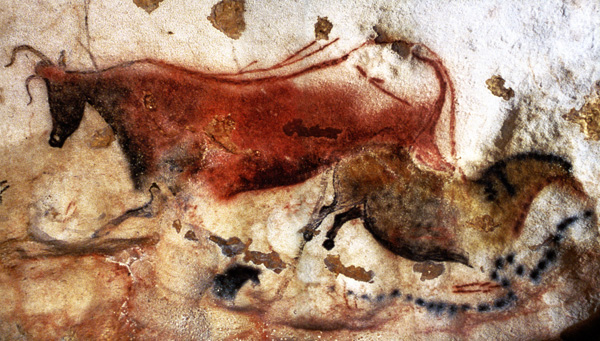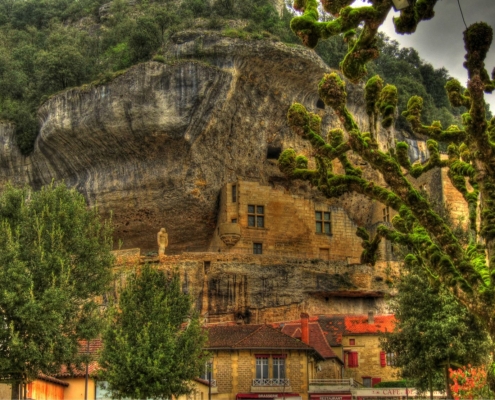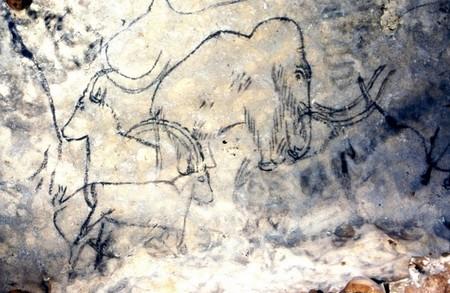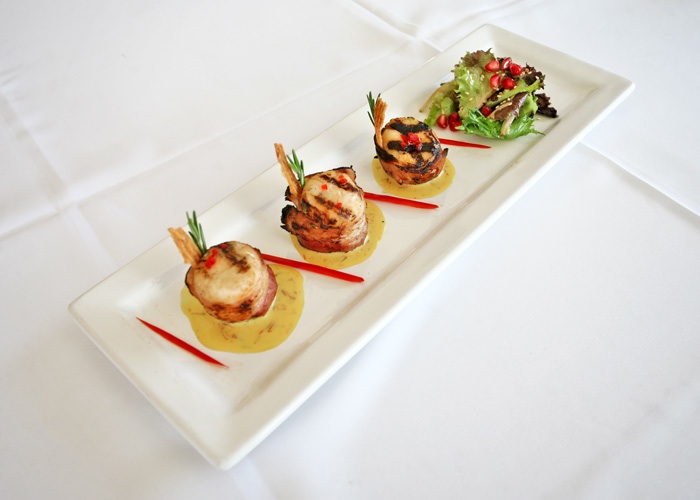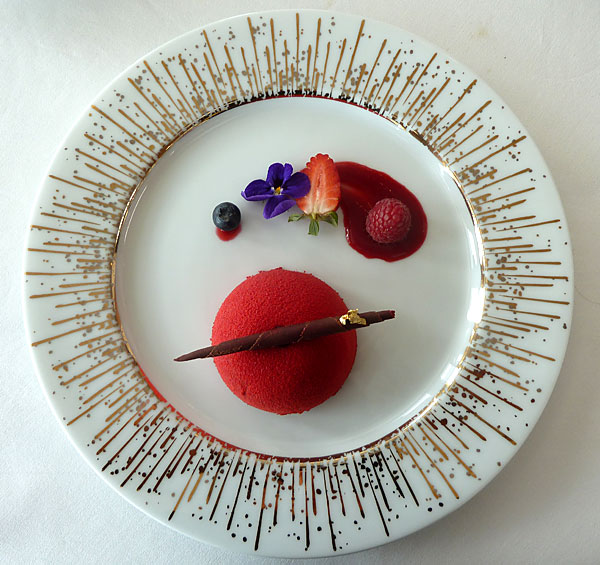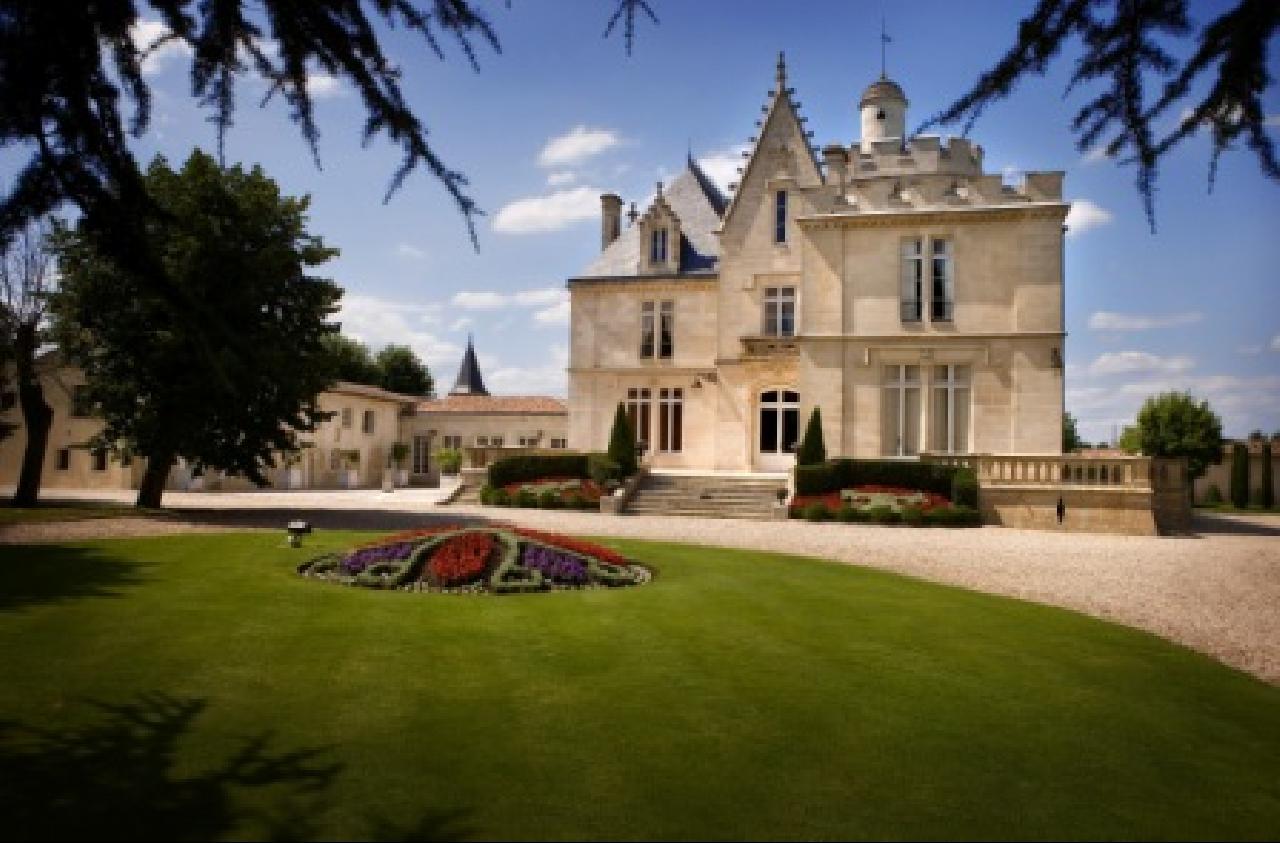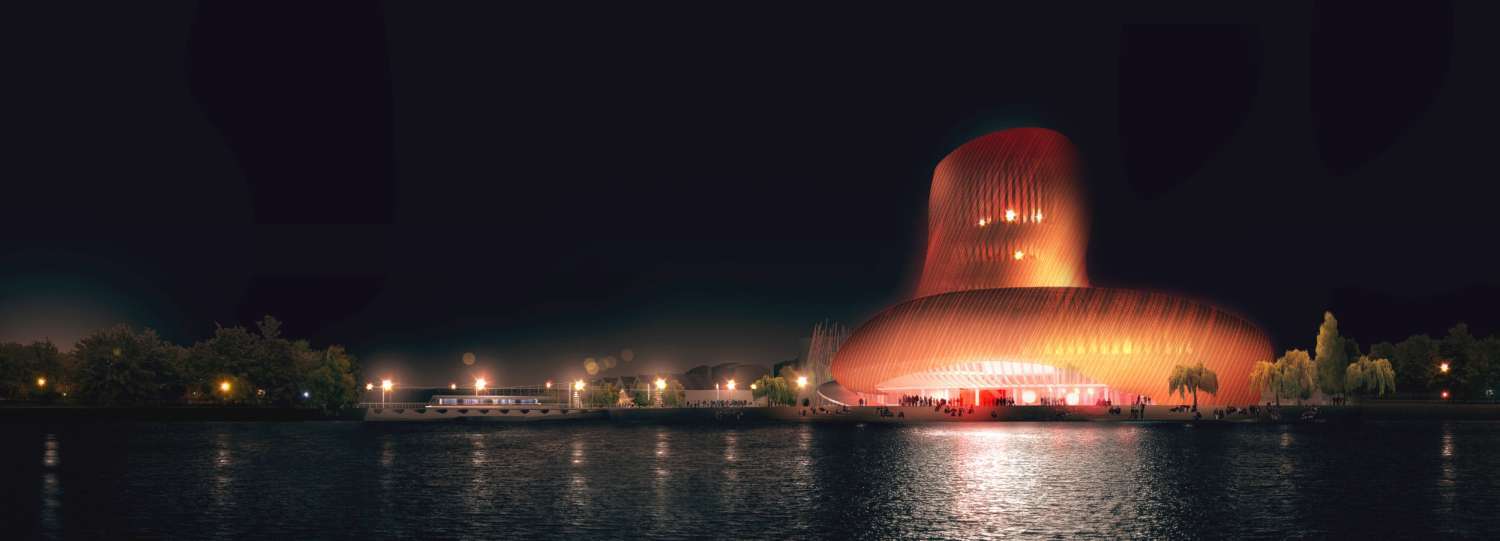The World’s Best Restaurants 2018 have recently been announced and once again Europe features high up in the list and in fact all the Top 3 Restaurants 2018 are European !!!!
(Skip to the bottom for the FULL list of the World’s Best Restaurants 2018 or read on to find out all the World’s TOP 3 Restaurants over the years)
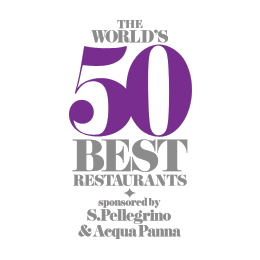
The Worlds Best Restaurants List has been around for a quite a few years! and is organised and compiled by Restaurant magazine and sponsored by S Pellegrino & Acqua Panna.
The World’s 50 Best Restaurants Awards and List, now in its 16th year, is an annual recollection of the opinions and experiences of over 900 international restaurant industry experts and is attended by the world’s finest chefs, international media and the world’s most influential restaurateurs.
After 13 years of being presented in London, the World’s 50 Best Restaurants List Ceremony went on tour! First to New York, then to Melbourne and this year to Bilbao, Spain. Where in the World will the World’s 50 Best Restaurants be presented from in 2019????? We’ll let you know when we find out …
In the meantime here’s a look back over the last few years at all the World’s TOP 3 Restaurants from 2002 -> 2018:
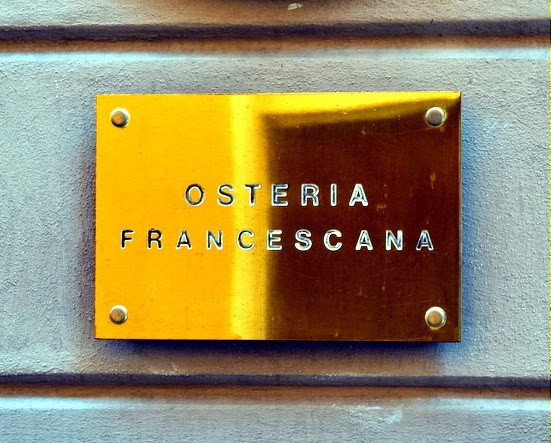
World’s Number ONE Restaurant 2018 + 2016
2018
- Osteria Francescana (Italy)
- El Celler De Can Roca (Spain)
- Mirazur (France)
2017
- Eleven Madison Park (USA)
- Osteria Francescana (Italy)
- El Celler De Can Roca (Spain)
2016
- Osteria Francescana (Italy)
- El Celler De Can Roca (Spain)
- Eleven Madison Park (USA)
2015
- El Celler De Can Roca (Spain)
- Osteria Francescana (Italy)
- Noma (Denmark)
2014
- Noma (Denmark)
- El Celler De Can Roca (Spain)
- Osteria Francescana (Italy)
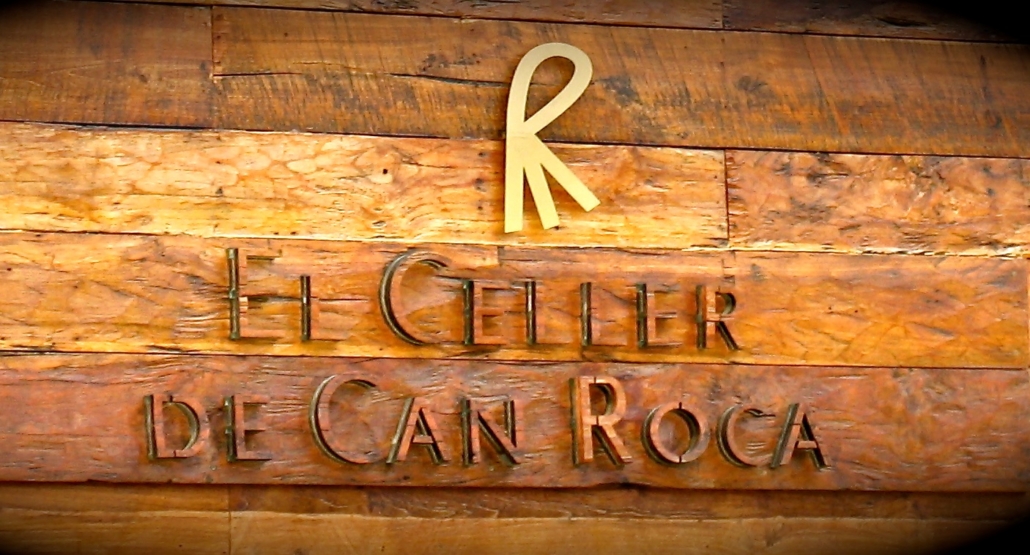
World’s Number ONE Restaurant in 2015 + 2013
2013
- El Celler De Can Roca (Spain)
- Noma (Denmark)
- Osteria Francescana (Italy)
2012
- Noma (Denmark)
- El Celler De Can Roca (Spain)
- Mugaritz (Spain)
2011
- Noma (Denmark)
- El Celler De Can Roca (Spain)
- Mugaritz (Spain)
2010
- Noma (Denmark)
- El Bulli (Spain)
- The Fat Duck (UK)
2009
- El Bulli (Spain)
- The Fat Duck (UK)
- Noma (Denmark)
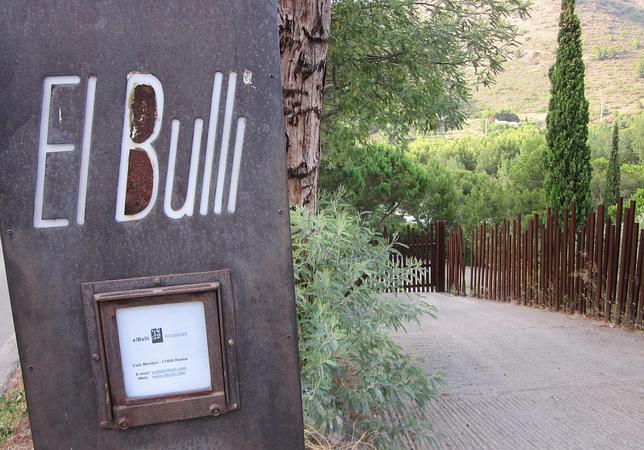
World’s Number ONE Restaurant in 2009, 2008, 2007, 2006 + 2002
2008
- El Bulli (Spain)
- The Fat Duck (UK)
- Pierre Gagnaire (France)
2007
- El Bulli (Spain)
- The Fat Duck (UK)
- Pierre Gagnaire (France)
2006
- El Bulli (Spain)
- The Fat Duck (UK)
- Pierre Gagnaire (France)
2005
- The Fat Duck (UK)
- El Bulli (Spain)
- The French Laundry (USA)
2004
- The French Laundry (USA)
- The Fat Duck (UK)
- El Bulli (Spain)
2003
- The French Laundry (USA)
- El Bulli (Spain)
- Le Luis XV, Alain Ducasse (Monaco)
2002
- El Bulli (Spain)
- Gordon Ramsey (UK)
- The French Laundry (USA)
* * * * * * * * * * * * * *
KEEP UP TO DATE WITH THE CURRENT 100 WORLDS BEST RESTAURANTS FOR 2018:
FULL LIST 1 – 50 World’s Best Restaurants 2018 here -> https://www.gourmandbreaks.com/…/results-worlds-50-best-res…/
FULL LIST 51 – 100 World’s Best Restaurants 2018 here -> https://www.gourmandbreaks.com/…/worlds-50-best-restaurants…/
* * * * * * * * * * * * * *
We, Gourmand Breaks, have many fine dining opportunities for you all over Spain and / or Portugal. Any of our sample private Gourmand Breaks Private Food, Wine and Cultural Tours gives you the chance of fine dining – contact us for your custom-designed quote!

